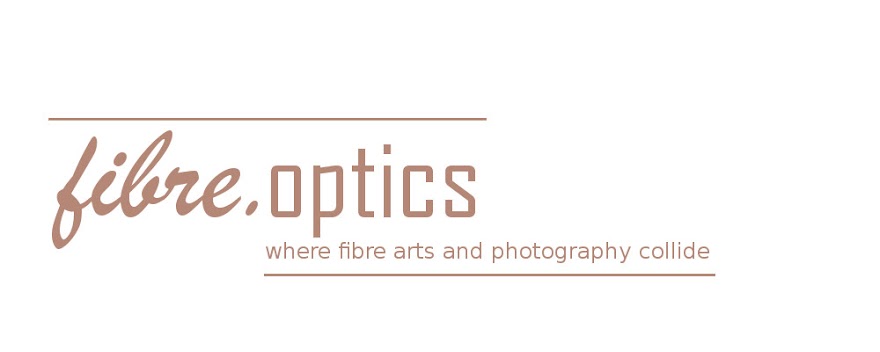I removed a pole from my husband's head while I was shooting him the other day.
Okay, so what I actually did was change my position while taking pictures of him when I realised that there was a telephone pole centred behind his head in the photo, and that not moving would make the final photo look as though he was growing said pole from his head. But it happened on a day when I was feeling particularly discouraged. My photographs were boring, and I was still fumbling with my buttons, and I'd just tried to handhold a shot with too slow a shutter speed for my focal length, because I'd been lazy about changing my settings to match the lens I'd just put on my camera.
Removing that telephone pole gave me hope, because seeing it in the first place means that I'm seeing better now than I was a few weeks ago. A few weeks ago, all of my photos would have had that pole growing out of his head, rather than only the first few.
Progress in photography is sometimes, but not always, visible in your photographs. So what are some ways to know that you're growing in your craft? Here are ten (but there are many more).
1. Your photos look better.
This one doesn't need much explanation. Your photos look better because you're better, and you rely less on luck.
 |
154mm; 1/250 @ f/5.6, ISO 1600
It's not perfect, but a few months ago, I would not have seen this shot. |
2. Your photos look worse.
This isn't always a sign of growth, but it certainly can be. Maybe your photos look worse because you're starting to take more control over your camera settings. Maybe you're experimenting with angles instead of sticking to what's safe. Maybe you're using a new lens with a new focal length, and you're not used to its effects on your photos. Maybe you're shooting Raw and working on your Raw developing/post-processing skills. Whatever the reason, your photos might look a whole lot worse shortly before they start to look a whole lot better.
3. Your photos look like you expect them to look.
If you can envision your shot before you take it, and the shot you take looks like your vision, you are well on your way to mastering photography (but maybe it's time to experiment with a new focal length or a new technique some of the time).
4. You notice objects in the background and edges of your frame before you shoot.
We're really good at seeing only our subject, and ignoring detritus and distractions. Learning to see like a photographer includes looking at every corner of the frame and deciding which elements you want to include and exclude. Fewer shots with distractions in the corners or with trees growing out of people's heads demonstrates progress!
5. You crop less.
This is related to the previous two points. If you know what your photo will look like, and you have excluded unwanted elements from the frame, you'll find yourself having to crop your image much less frequently. You'll get the framing right in camera instead.
 |
250mm; 1/320 @ f/5.6, ISO 2000
Framed exactly how I wanted it in camera. |
6. You are able to offer more detailed critiques of photos.
Part of seeing is being able to see elements within the final shot--whether it's your photo or another person's. When you start to be able to see why a photo works or doesn't, including little things like a distracting blob of colour in the background or a nuanced use of supplementary light, you'll also be better at seeing these things through your lens and adjusting--or not--accordingly.
 |
194mm; 1/500 @ f/5.6, ISO 2000
I am now able to see how much stronger this shot would have been if I'd shifted an inch or two to the right. |
7. You think more before you shoot.
You don't just "spray and pray". You think about what you want to capture, what angle might best allow you to do so, and perhaps even whether it's worth pressing the shutter button. Basically, you weed out a lot of your shots before you even take them (but don't go overboard on this! Taking
"sketch images", as David duChemin calls them, is usually an important part of the process).
 |
171mm; 1/500 @ f/5.6, ISO 2000
Intentionally isolated against a simple background after carefully considering multiple angles. |
8. You adjust your settings with intentionality.
You choose to shoot with a certain aperture, shutter speed, and ISO, rather than just letting them happen. You consider what metering mode might be the most helpful. You decide which autofocus mode best suits your needs, or you switch to manual focus if your camera is struggling. Your camera is there to serve your vision, rather than to confuse you.
9. You think about the light in your shot.
You consider where the light is coming from and how that will affect your subject. You judge whether the light is hard or soft, and you plan your shot accordingly. You consider whether the light suits your purpose, or if you need to change it in some way.
10. You modify the light in your shot.
You're in a situation with light that doesn't meet your needs--so you change it. You move your subject to shade. You add light with a reflector or a flash. You flag the light. Basically, you make the light do what you want it to do, instead of simply doing what it's already doing.
How have you known that your photography was improving? What improvement are you seeing right now?










